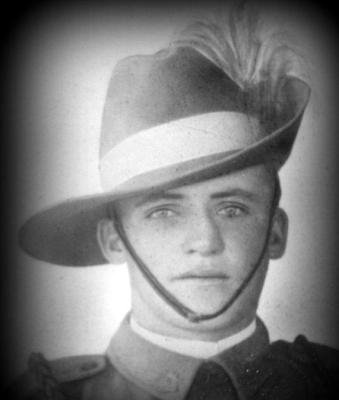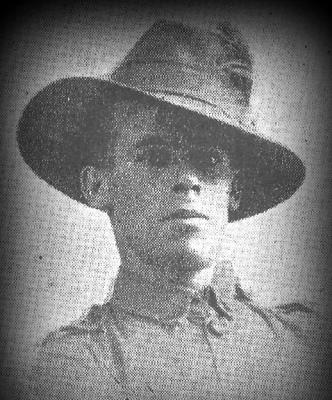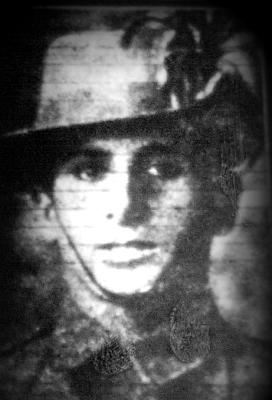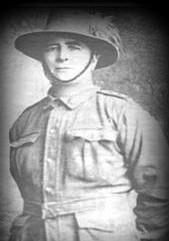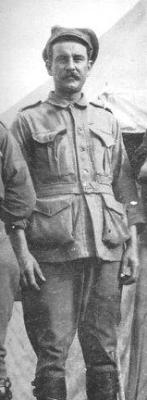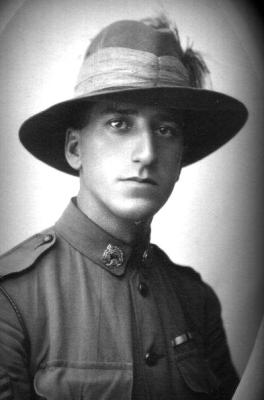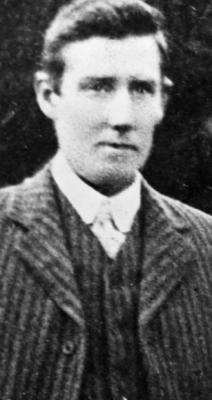Scale Model - Railway Operating Division 2-8-0 Locomotive
The Railway Operating Division (ROD) of the Royal Engineers was formed in 1915 to operate railways in wartime theatres. It operated both standard and narrow-gauge railways. For operational efficiency, the ROD selected Class 8K 2-8-0, a 1911 design for the Great Central Railway, as their standard heavy freight locomotive. Under the Whyte notation for the classification of steam locomotives, 2-8-0 represents the wheel arrangement of two leading wheels on one axle, usually in a leading truck, eight powered and coupled driving wheels on four axles, and no trailing wheels. This 1/76th scale model is a donation to match ROD1976 a 2-8-0 locomotive depicted in a contemporary watercolour operating on the Western Front.
The Railway Operating Division (ROD) ROD 2-8-0 was a type of 2-8-0 steam locomotive which was the standard heavy freight locomotive operated in Europe by the ROD during World War 1. During the First World War the Railway Operating Division of the Royal Engineers requisitioned about 600 locomotives of various types from thirteen United Kingdom railway companies; the first arrived in France in late 1916.] As the war became prolonged it became clear that the ROD needed its own standard locomotive, so the ROD adopted the Great Central Railway Class 8K 2-8-0 designed by John G. Robinson in 1911.
There were three batches of orders. The first batch of orders were placed between February and June 1917 for 223 locomotives.[2] The second batch of orders was for 100 locomotives, placed between February and August 1918; onwards, followed by an order for 188 more in Autumn 1918 to sustain the UK's locomotive manufacturing industry after the war.[ The 521 ROD 2-8-0s were built as follows: 369 by the North British Locomotive Company, 82 by Robert Stephenson and Company, 32 by Nasmyth, Wilson and Company, 32 by Kitson and Company and six by the Great Central Railway's Gorton Works.[3]
Of the initial order for 325 locomotives, 311 were shipped to France for war service.[4] The locomotives were mainly used to haul military supply and troop trains, plus some services for civilians.
After the Armistice of 11 November 1918 many of the class returned from France to the UK in 1919 and 1920 J & A Brown, a coal mining company in the Hunter Valley area of New South Wales, Australia, bought thirteen RODs to replace the older locomotives used on their Richmond Vale railway line.. They were bought between March 1925 and March 1927. The first three arrived complete on the SS Boorara in February 1926 and were unloaded in Sydney and hauled to their home base at Hexham. In late 1927 the rest arrived in crates on Brown's new ship the SS Minmi on its maiden voyage to Hexham. The dismantled locomotives were gradually reassembled with the last not being complete until 1931, but all thirteen locos were never in service at the one time. The maximum number in service at any one time was ten during 1954. The last of class was withdrawn in June 1973
Details
Details
Three ROD 2-8-0 locomitives are on display in Australia:
J&A Brown 20 (Ex-ROD 1984, North British No 22042) by the Dorrigo Steam Railway & Museum
J&A Brown 23 (Ex-ROD 2004, Gorton) was dismantled and stored before undergoing a full static rebuild in 2016 and is now on public display at the Richmond Vale Railway Museum
J&A Brown 24 (Ex-ROD 2003, Gorton) by the Dorrigo Steam Railway & Museum[
The Railway Operating Division (ROD) was a division of the Royal Engineers formed in 1915 to operate railways in the many theatres of the war. It was largely composed of railway employees and operated both standard gauge and narrow gauge railways. The ROD operated their first line on a section of the Hazebrouck–Ypres line.
The ROD requisitioned many diverse locomotives from Britain's railway companies and leased several Belgian locomotives sent to France in 1914, but as the war dragged on adopted the Great Central Railway's Robinson Class 8K 2-8-0 as its standard freight locomotive to become the ROD 2-8-0. Some locomotives were also purchased from Baldwin in the United States. They also operated narrow-gauge engines (meter gauge or 600 millimetres (2.0 ft) gauge trains).
Australian Imperial Force units within the Railway Operating Division were
Headquarters Australian Railway Group
1st Light Railway Operating Company
2nd Light Railway Operating Company
3rd Light Railway Operating Company
4th Broad Gauge Railway Operating Company
5th Broad Gauge Railway Operating Company
6th Broad Gauge Railway Operating Company
From August 2023 to February 2024, the Australian Army Museum of WA is presenting an exhibition of Edwin Garbett’s technical drawings and watercolours relating to his wartime service with the Railway Operating Division. The model is based on the Bachmann Branch Line Series 35-175
Open in Google Maps
Nearest geotagged records:
Australian Army Museum of Western Australia
Australian Army Museum of Western Australia
Other items from Australian Army Museum of Western Australia
- World War 1, Australia, Western Australia, 192 WALTON, 10 Light Horse
- World War 1, Australia, Western Australia, 191 RUTHERFORD, 10 Light Horse
- World War 1, Australia, Western Australia, 189 PARSONS, 10 Light Horse
- World War 1, Australia, Western Australia, 187 GREENAWAY, 10 Light Horse
- World War 1, Australia, Western Australia, 185 LYALL, 10 Light Horse
- World War 1, Australia, Western Australia, 184 TREE, 10 Light Horse
- World War 1, Australia, Western Australia, 182 McPHEE, 10 Light Horse
- World War 1, Australia, Western Australia, 181 BEARMAN, 10 Light Horse
- World War 1, Australia, Western Australia, 180 BURTON, 10 Light Horse
- World War 1, Australia, Western Australia, Katanning, 179 AINSWORTH, 10 Light Horse
- World War 1, Australia, Western Australia, Katanning, 178 AINSWORTH, 10 Light Horse
- World War 1, Australia, Western Australia, 176 FERRIER, 10 Light Horse


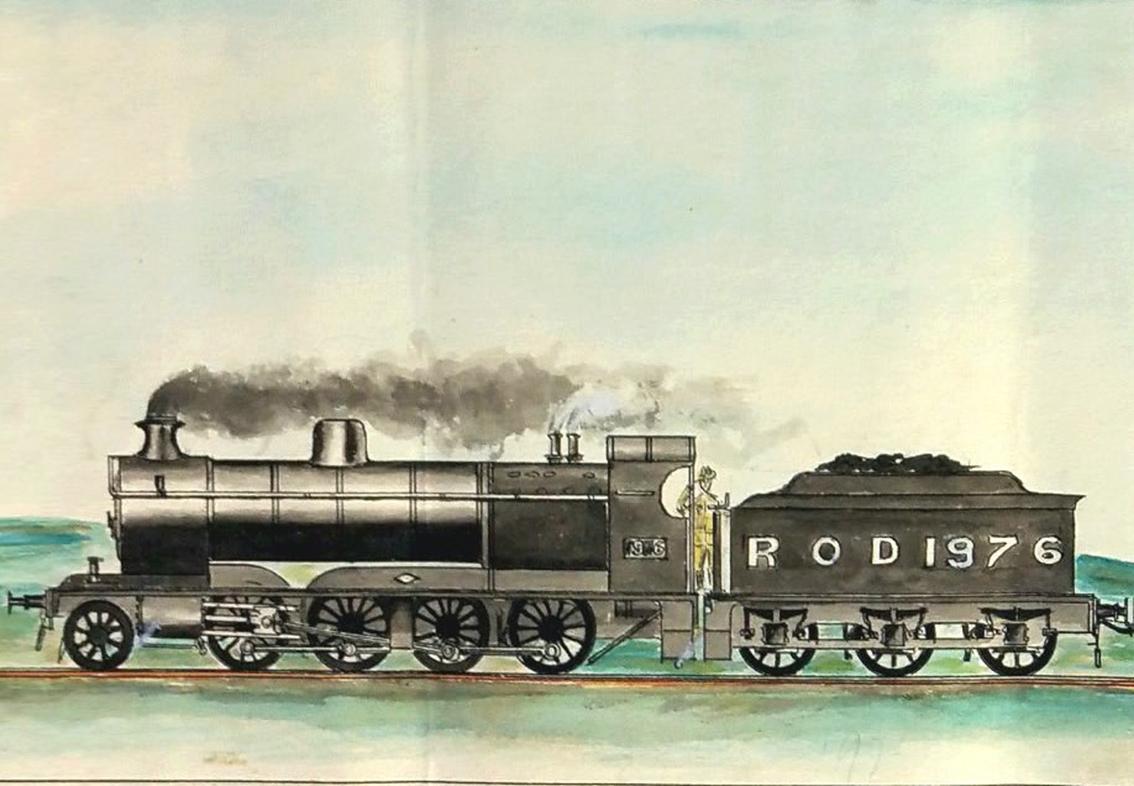
Scan this QR code to open this page on your phone ->

